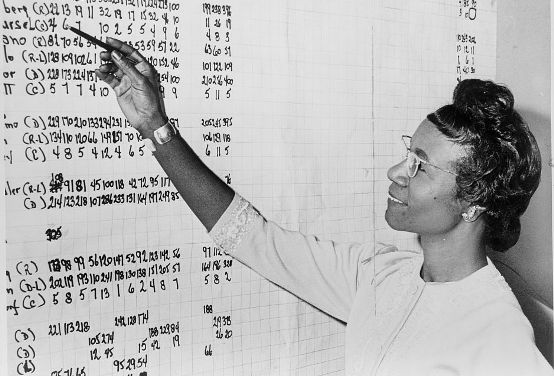Affirmative Action’s Personal Costs and Consequences

Some children are products of their environments, while others are products of their communities. I was neither. Growing up in Coney Island in the early 1990s, my immediate surroundings held few opportunities for a child whose ambition stretched beyond the boardwalk. By the age of four, I could read and write at a first-grade level, and my collection of Dr. Seuss tales bored me. Determined to give me the best education available, my mother took me to every private school that granted me an interview until one accepted me and awarded me a sufficient scholarship to attend. I stayed at that school all the way through high school, went on to college, and am now in the fledging stages of a career in journalism.
Here’s the question: what color is my skin?
Better yet—should it matter?
Technically, I am racially mixed: my father is black and my mother is Hispanic. I’ve never seen myself as exclusively one or the other, but as a unique combination of both. My heritage, like my skin color and gender, are aspects of me that contribute to my identity, but do not tell the whole story.
Over the years, I have been trapped by the sense that because of my race—not in spite of the historical baggage that accompanied it—I was afforded the opportunities granted to me. On a good day, my love of learning and work ethic came second and third, respectively, to my ethnic background. The assumption was that I was an indigent child rescued by a benevolent program that put me on the path to success after polishing my uncouth mannerisms. I was keenly aware that I was a guest in a foreign land, because I was often sought out by my peers to provide perspective to bolster an already formed opinion, but was not engaged with based on the quality of my ideas. That a minority student could matriculate at a private school having skipped the polishing step was apparently so rare that I was perceived as odd, and never broke free from that mold.
Steven L. Carter, a Yale Law professor, aptly sums up the feelings of inadequacy in the introduction of his book Confessions of an Affirmative Action Baby: “…labels, too bedevil the black intellectual, and many of them, as though required in truth-by-advertising law, are in the form of cautions…not least, qualifications for one’s position: ‘Warning! Affirmative Action Baby! Do Not Assume That This Individual Is Qualified!’” I eventually tired of the implicit expectation of relying on identity politics to advance my education, and, for a variety of reasons, switched political affiliations. On this side of the aisle, my skin color is second to my work ethic, which pleases me. Affirmative action, in granting me access to institutions that fostered my potential, ignored the rest of me because it did not fit the stereotype of a refugee from the inner city.
In an effort to counterbalance institutionalized segregation, many colleges and universities make strenuous efforts to recruit minority students. It matters less and less if these students are qualified, as long as they are there. This process is harmful for the students that are admitted to these top-tier institutions, because their lack of sufficient preparation sets them up to fail. The bombshell book, Mismatch, whose release coincided with the Supreme Court decision last year, argues that based on statistical evidence paired with multiple interviews, minority students who would otherwise succeed at lower-ranked schools are instead dropped into universities whose academic expectations far exceed their ability to meet them. The result is high dropout rates, and—as the book focuses on law school—low bar passage rates among minority students. According to the authors, four times as many minority students as white students fail the bar exam. The statistical veracity of the research is disputed, but the book created intense waves within the affirmative action debate.
While the data may be confusing and discouraging, and the cultural implications messy, one thing is clear: minorities like me are contestants in the race in who stands to gain the least from affirmative action, and we usually win. Politicians and admissions perpetuate the fallacy that by giving us a chance we are not necessarily equipped for, we will succeed. It is the latest permutation of being judged on past injustice, not future potential. A critical re-assessment of affirmative action—perhaps transitioning away from it in favor of a more objective yardstick—would be a first step in incorporating historically marginalized groups into the fold based purely on their merits. Every American student, regardless of color, deserves to be seen as he is, not as others wish him to be.
It is true that affirmative action has done a service to underrepresented minorities in this country, and exemplary non-profits have seen to it that education is increasingly available to the economically disenfranchised. But joining the affirmative action bandwagon requires complicit identification as a charity case, and that frame of mind is unacceptable to me. You can’t be a kid with a dream; you have to be an oppressed kid with a dream. That premise goes against the American creed that it matters not where we begin, but where we end up. Affirmative action provides an increasingly wobbling bridge between the two.
Comments